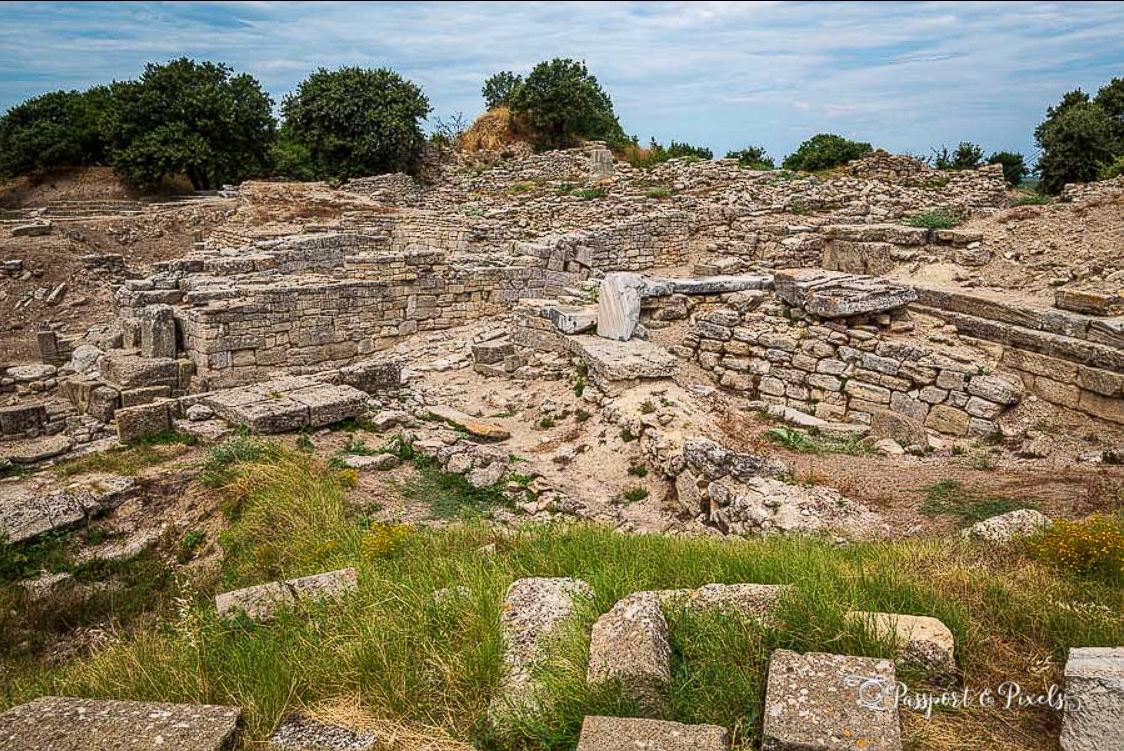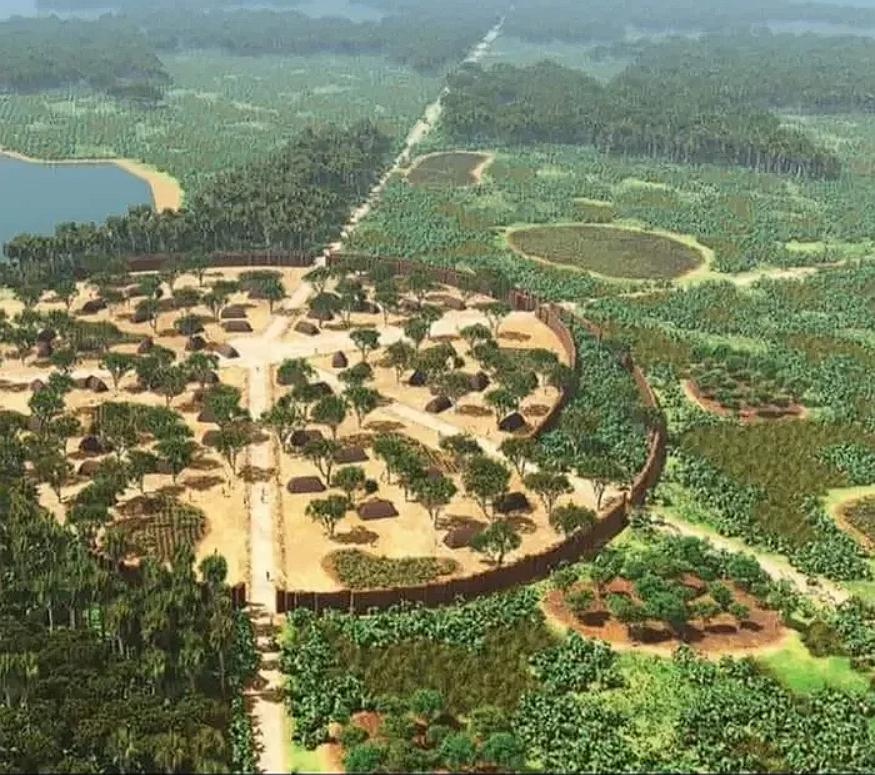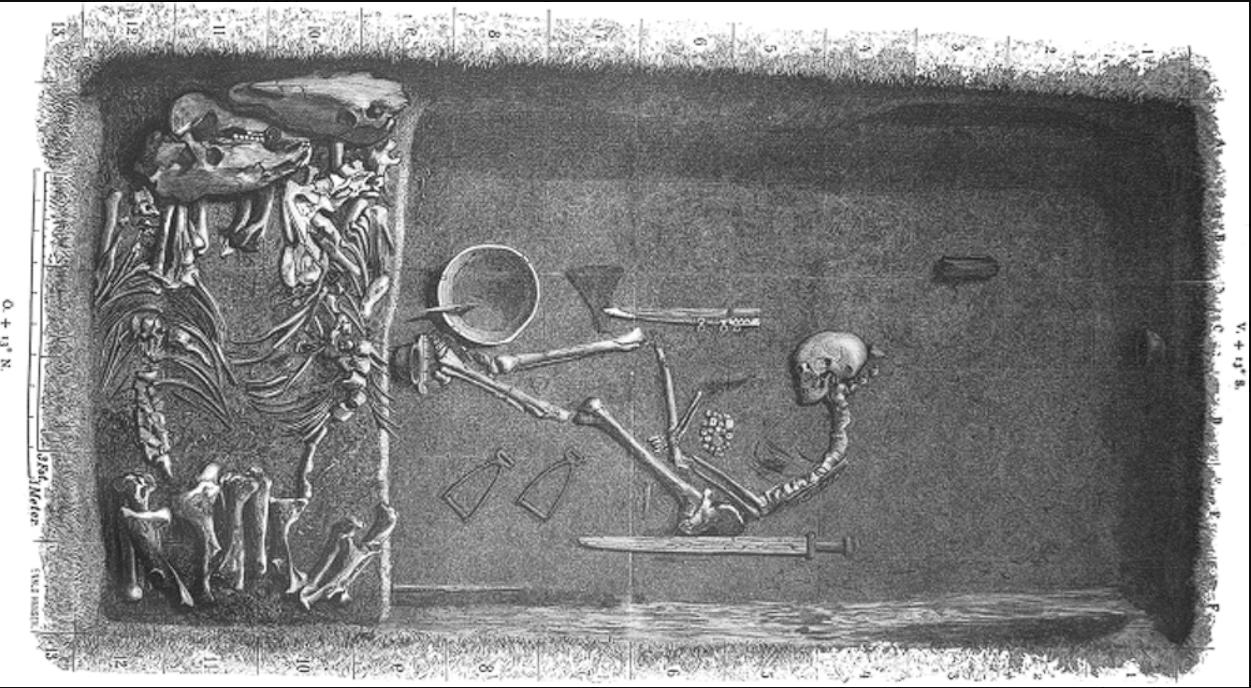Introduction: Archaeology’s Funniest Blunders
Archaeology is often seen as a noble pursuit—carefully uncovering lost civilizations, preserving history, and deepening our understanding of humanity. But let’s be honest, it’s also a field where things can go hilariously wrong. From mistaken identities to unintentional destruction, archaeologists have had their fair share of “oops” moments. Let’s take a look at some of the most memorable blunders in archaeological history.
The Time Troy Got Blown Up… Again
The Quest for Troy’s True Location
For centuries, scholars debated whether the ancient city of Troy was real or just a myth. In the 19th century, a German businessman-turned-archaeologist named Heinrich Schliemann was determined to find it.
Dynamite: The Wrong Tool for the Job
Schliemann believed he had found Troy and was eager to dig down to its deepest layer. But rather than carefully excavating, he used dynamite to blast his way through. Unfortunately, in his enthusiasm, he destroyed large sections of what turned out to be not one but multiple ancient cities built on top of each other. Oops.
What Was Lost?
Later research showed that the ruins he obliterated belonged to older civilizations predating Troy itself. Future archaeologists were left piecing together what remained of these lost layers. Lesson learned: patience is key in archaeology.

The Amazon’s “Lost City” That Was Just… Farmland
The Myth of the Jungle Civilization
For years, explorers and scholars speculated about an advanced civilization hidden deep within the Amazon. Stories of massive cities buried beneath the dense foliage excited the imagination.
Enter Modern Technology
With the advent of satellite imaging, archaeologists finally spotted geometric patterns beneath the jungle canopy. This was it—the lost civilization! The world held its breath as teams set out to confirm the discovery.
The Big Letdown
And then reality struck. The “lost city” turned out to be ancient farmland, with neatly arranged plots that only looked like city ruins from above. The moral of the story? Sometimes, things really are just what they seem.

The Viking Warrior Who Was Actually a Woman
A Warrior’s Grand Burial
In Sweden, archaeologists uncovered a grand Viking grave—complete with weapons, horses, and all the symbols of a fearsome warrior. Naturally, they assumed the skeleton belonged to a powerful male Viking leader.
DNA Test: Surprise!
Fast forward a century, and modern DNA analysis revealed that the warrior was actually female. This revelation rewrote what we thought we knew about Viking gender roles and led to some awkward historical revisions.
Rewriting the Narrative
For decades, scholars overlooked the possibility that Viking women could be warriors. This mistake highlighted the dangers of applying modern biases to ancient history.

Other Archaeological “Oops” Moments
The McDonald’s Theory of the Future
Imagine archaeologists in the distant future uncovering the ruins of an old fast-food restaurant. With no context, they might mistake the golden arches for a religious symbol and declare it a sacred temple. Sounds ridiculous? Well, similar misinterpretations have happened before!
The Pompeii Bread That’s Still There
In Pompeii, archaeologists found loaves of bread that were still sitting in ovens when Mount Vesuvius erupted in 79 AD. While it’s a fascinating discovery, it’s also a sobering reminder of how little has changed—people still forget to take their food out of the oven.
The “Fake Artifacts” Prank
In the 1800s, two amateur archaeologists buried fake artifacts to prank professionals. Years later, their joke was discovered when the artifacts were unearthed and hailed as historical finds—until someone recognized them as 19th-century hoaxes. Whoops.
Conclusion: Learning from Mistakes
While archaeology is a serious field, it’s not immune to human error. Each of these blunders serves as a reminder that even the best-intentioned efforts can go hilariously wrong. But mistakes also push the field forward, forcing archaeologists to refine their methods and question long-held assumptions.
What’s your favorite archaeological “oops” moment? Share in the comments below!

CÁC TIN KHÁC
Mary Walton: The Forgotten Inventor Who Helped Clean Up America’s Cities
Tomb of Queen Nefertari in the Valley of the Queens, Egypt
Discover the Hypostyle Hall of the Temple of Hathor at Dendera
Venus de Losange: Unveiling the Mystery of a 20,000-Year-Old Paleolithic Icon